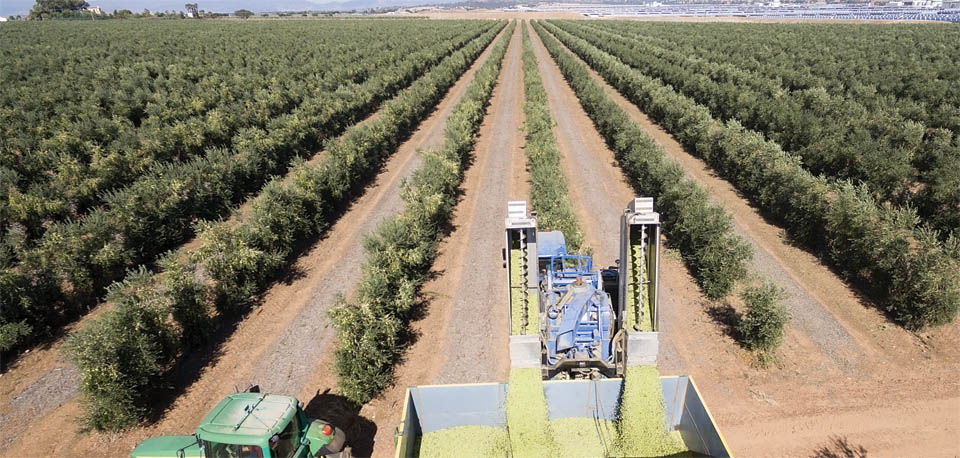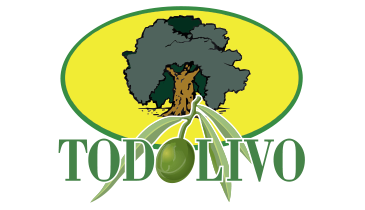They allow for more sustainable, profitable
and efficient plantations
-
They are the result of the experience and research work in olive groves in hedge which Todolivo has been developing for 20 years. They constitute an important improvement and evolution of this cultivation system.
The field observation and the results obtained in different layout tests made us realise that by opening the layouts, that is, increasing the distance between trees and rows, we managed to improve insolation and the capture of solar radiation, thus increasing the fat yield of the olives and obtaining as much oil as or even more oil than with narrower layouts. In addition to this, investment costs decrease by around 50% and the crop management costs are reduced approximately by 40%.
Wider layouts also give olive trees the space they need to properly express themselves and they allow for natural pruning (see Manual And Natural Olive Grove In Hedge Pruning) which helps trees grow and develop in a natural way. Thus, the growing of productive foliage is encouraged, keeping the branches well exposed to sunlight and air, allowing them to capture sunlight in a more efficient way and to achieve a high level of performance and production every year.
-
What are the benefits for farmers?
- They are wider and get more sunlight and they allow the trees to capture sunlight more efficiently.
- They decrease investment costs by around 50% and crop management cost by approximately 30%.
- They allow for natural pruning.
- They make plantations more profitable and sustainable.
How many trees are used per hectare?
In rainfed plantations, the number of olive trees per hectare ranges from 550 to 850 and in irrigated plantations from 650 to 1,150.
What is the perfect layout?
In order to define the perfect layout for each plantation, Todolivo’s technical department previously performs an exhaustive test on the field, taking into account the type of soil and the agro-climatic characteristics of the estate, as well as the varieties to be planted.

